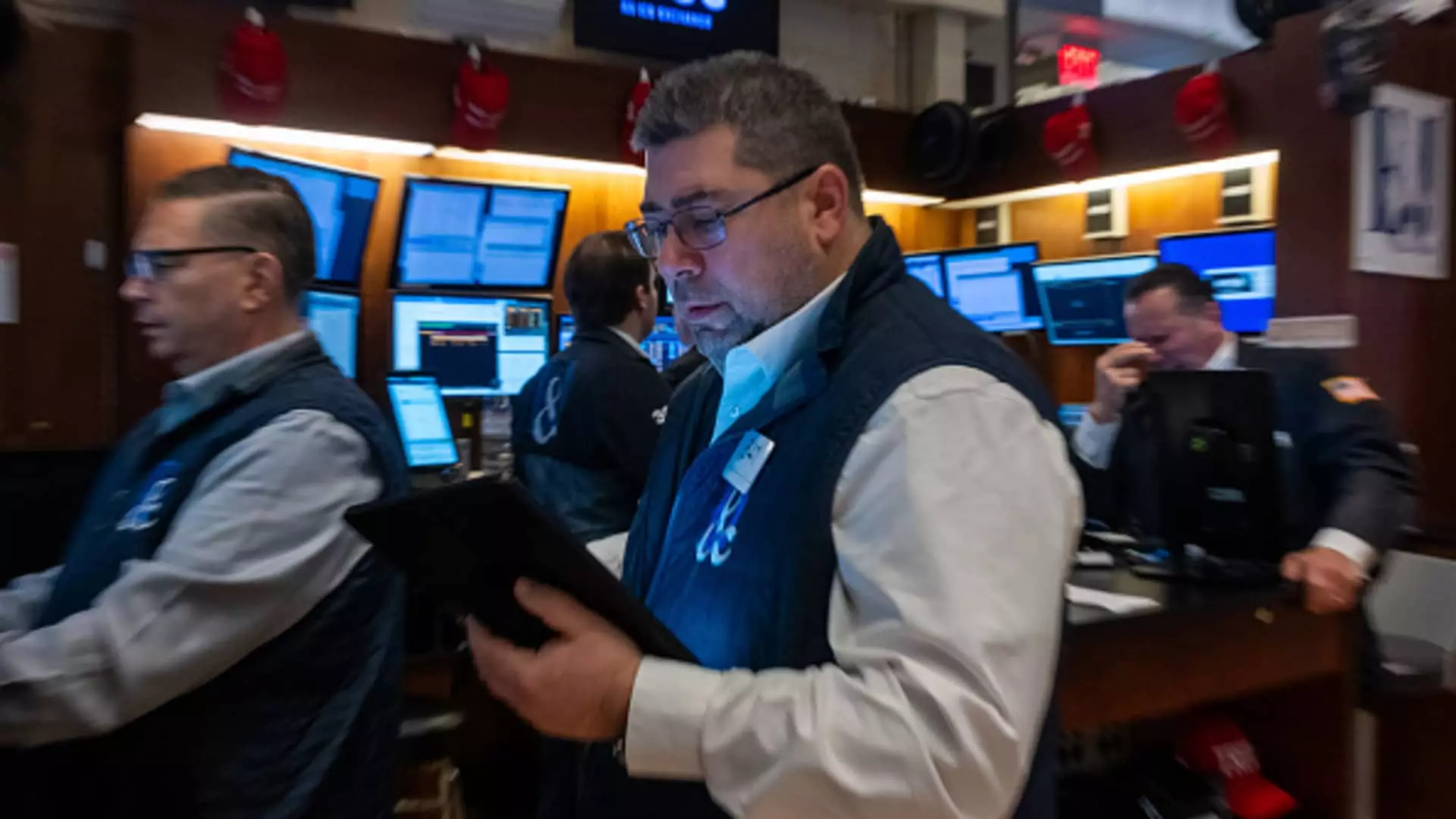Exchange-Traded Funds (ETFs) have become a cornerstone of contemporary investment strategies, evolving remarkably since their inception. Among these, leveraged and inverse ETFs have surged in popularity, particularly as financial markets fluctuate with unprecedented volatility. Their usage reflects a significant shift in investor behavior, providing insights into how modern traders are increasingly leaning toward high-risk, high-reward strategies.
Leveraged ETFs are designed to deliver multiples of the daily return of an underlying index, while inverse ETFs yield the opposite performance. For instance, if an index climbs by 1%, a 2x leveraged ETF would yield a 2% gain; conversely, a 2x inverse ETF would incur a 2% loss under the same circumstances. This model of amplification or inverse performance draws in investors looking to capitalize on short-term market movements, primarily focusing on day trading.
The surge in popularity of these financial instruments can largely be attributed to a generational shift among investors. With the proliferation of mobile trading applications and platforms that facilitate instant access to the markets, younger traders are seizing the opportunity to explore leveraged products. This demographic is particularly drawn to the allure of leveraging their investments to maximize potential gains, a sentiment echoed by market analysts. According to Todd Sohn, the head of ETFs at Strategas, there is a “major appetite among younger traders wanting to play with leverage due to the gains it can provide.”
This shift is also indicative of broader market trends, as trading volumes in speculative environments – options, cryptocurrency, and other high-risk assets – have seen a notable uptick. As Douglas Yones, CEO of Direxion, pointed out, the current environment of market volatility and rapidly changing headlines fosters a fertile ground for speculative trading, driving increased activity in leveraged and inverse ETFs.
The current landscape shows a remarkable growth trajectory for these financial products. From their inception in the United States in 2006, leveraged and inverse ETFs have ballooned in assets under management (AUM). While the ETF market overall was valued at approximately $2 trillion in 2016, this figure has skyrocketed to about $11 trillion today. Significantly, leveraged and inverse ETFs have expanded from roughly 2% of the total AUM to an impressive 8%, totaling approximately $81 billion.
Specific products such as ProShares UltraPro QQQ have made headlines with astonishing AUM figures, bringing their total to nearly $26 billion. Other products focusing on sector-specific indices, such as semiconductors and major tech players like Nvidia and Tesla, have also amassed substantial asset pools. The growing interest in these ETFs is reflective of a bullish market phase where an increasing number of investors are opting for strategies that require an aggressive outlook on market performance.
The trading behavior in leveraged and inverse ETFs provides essential clues about market sentiment. They frequently appear among the most heavily traded ETFs, illustrating a desire for immediate results among retail traders. At the forefront are ETFs tied to major indices like the S&P 500 and Nasdaq 100; however, the increasing trading volumes for products like ProShares UltraPro QQQ highlight the increasing appetite for 3x leveraged strategies.
It’s crucial to note that the daily reset mechanism of these ETFs creates a unique challenge in understanding their long-term returns. When investors hold these products beyond a single trading day, they may experience compounding effects that diverge significantly from expected returns. For instance, a hypothetical investment scenario shows that despite market gains, holding a leveraged product through volatility can result in unexpected losses. This complexity underscores why industry experts caution against using these instruments as long-term investment vehicles.
While leveraged and inverse ETFs offer enticing opportunities for traders eager to capitalize on market momentum, they come with inherent risks. The growing trend among younger investors to engage with these products is alarming to many financial experts who continue to stress the need for caution. Understanding the daily reset mechanism and the potential for compounding losses is crucial for anyone considering these strategies.
As the market evolves, so too will the strategies employed by retail and institutional investors alike. The ongoing dialogue about the use of leveraged and inverse ETFs in investment portfolios is vital to ensure that investors remain informed about the risks and rewards inherent in these financial tools.

